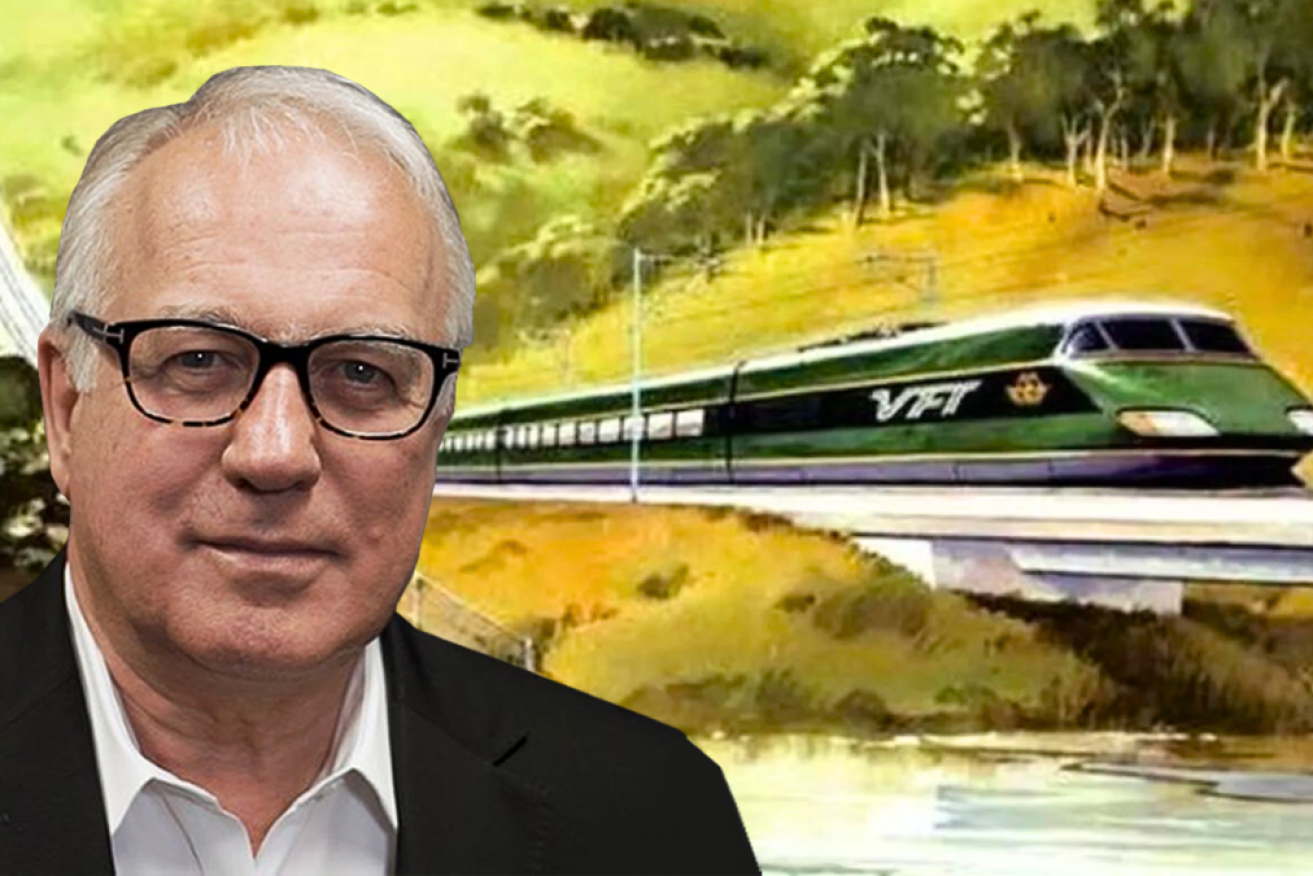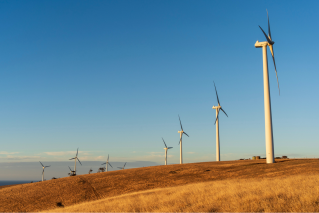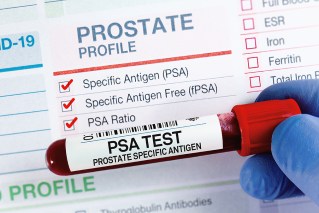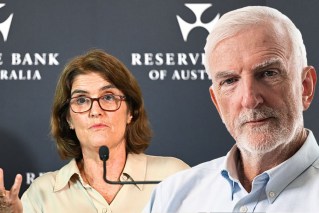Alan Kohler: Beautiful waste – the shimmering mirage of Australia’s bullet train


Image: Comeng/TND
Federal Infrastructure Minister Catherine King is the latest Australian politician to enjoy the beautiful waste of time that is high-speed rail.
She has even created the High Speed Rail Authority (HSRA) which is now searching for a CEO and is chaired by Jill Rossouw, who was presumably chosen on the old rule of “keep your friends close and your enemies closer”.
Ms Rossouw is head of infrastructure at IFM Investors (owned by Australian super funds, owners of The New Daily) the second-largest shareholder of Sydney Airport, which would compete head-on with an east coast bullet train.
Maybe her own thinking is that if she can get up an east coast high-speed rail line it will mean there won’t need to be a second airport in Sydney, which would be just fine for her airport.
Anyway, there’s little danger of anyone actually building high-speed rail in Australia, or a Very Fast Train (VFT) as it was called when I was running the Australian Financial Review in the mid-1980s.
We ran an editorial in 1988 that began: “Will the Very Fast Train proposed between Sydney and Melbourne prove to be the nation’s greatest economic folly? Or will it be a boon, linking Australia’s two largest cities in a way that will save travellers of the 21st century from the frustrations and delays experienced in Europe’s overcrowded airports even today?”
To cut a long editorial short, we concluded that it was more folly than boon – and, of course, it ended up being neither because it was never built.
Folly into boon?
Will Catherine King’s and Jill Rossouw’s High Speed Rail Authority finally turn Australia’s long, tantalising folly into a boon?
According to the minister’s June press release announcing the HSRA (“All aboard High Speed Rail Authority”), its first job will be “planning and corridor works for the Sydney to Newcastle section of the high-speed rail network, backed by a $500 million commitment from the Australian government”.
The last big study of an east coast high-speed rail network from Melbourne to Brisbane in 2012 concluded that it would cost $114 billion, which prompted the then-infrastructure minister Anthony Albanese to quietly close the file and move on. Nothing to see here.
Infrastructure costs have increased at an average of 7.5 per cent a year over the past decade, so the total cost would now be in the region of $218 billion. Sydney to Newcastle is 9 per cent of that, so about $20 billion.
Is anyone going to spend $20 billion on a new train line from Sydney to Newcastle? Hardly. The number of plane passengers on that route each year is 1.25 million. To make an 8 per cent return on investment a high-speed train would have to make a net profit of $1.5 billion. Accounting for staff and overheads the fare would therefore have to be about $1600. A one-way FlyPelican saver fare from Mascot to Newcastle today will set you back $150.
Qantas’ Sydney-to-Newcastle return fare for an August 7 departure is just shy of $600, providing a window into why the carrier has been the bullet train’s main opponent, ferociously and successfully lobbying against it for decades.
Too few, too big
But the truth is that it’s an easy win for the Qantas lobbyists: Australian cities are too small and too far apart for fast rail.
As the Grattan Institute wrote in a report on the subject three years ago: “Around the world, it is very rare for bullet trains to span a distance of 1000 kilometres or more. When they do, they usually serve populations of at least 50 million”.
And even then, they require significant government subsidies to be built and to operate. Grattan wrote: “In the real world, it would take a tax hike of about $10,000 for every personal taxpayer in Australia to fund the bullet train. Because the 2013 feasibility study omitted this, it’s not surprising that it was able to find that travellers would enjoy significant benefits over and above what they’d actually paid for through their train fare.”
Also the main beneficiaries would be business travellers, and it wouldn’t do much for carbon emissions and climate change either.
Although the 2013 study found that operating the trains would involve fewer emissions than planes, it excluded the carbon emissions from making the concrete and steel used in laying the tracks. Grattan concluded that: “It would not be until somewhere between year 39 and year 51 that the bullet train would lead to lower emissions than if the train had not been built”.
And that doesn’t count the carbon dioxide emitted from the lungs of those talking about it for 40 years.
But look, it is a truly excellent thing to talk about and study, and if I was a bit younger, I’d be tempted to apply to be the HSRA chief executive. The job description says it will be “exciting and fulfilling work that contributes to one of Australia’s most high-profile infrastructure projects”. It would keep me busy until the Coalition gets re-elected and cancels the whole thing again.
It will probably involve some nice travel as well: Catherine King got to fly to London last month to study the proposed bullet train from London to Manchester, via Birmingham.
By the way, the cost of that 320-kilometre project has blown out from £58 billion to £70 billion, or $127 billion, which is about $400 million per kilometre.
On that basis, the high-speed rail from Sydney to Newcastle would cost $65 billion, not $20 billion, and the whole dream from Melbourne to Brisbane would cost $700 billion.
That’s more than 10 years’ worth of Australia’s total spending on all infrastructure.
Alan Kohler writes twice a week for The New Daily. He is finance presenter on ABC News and founder of Eureka Report








